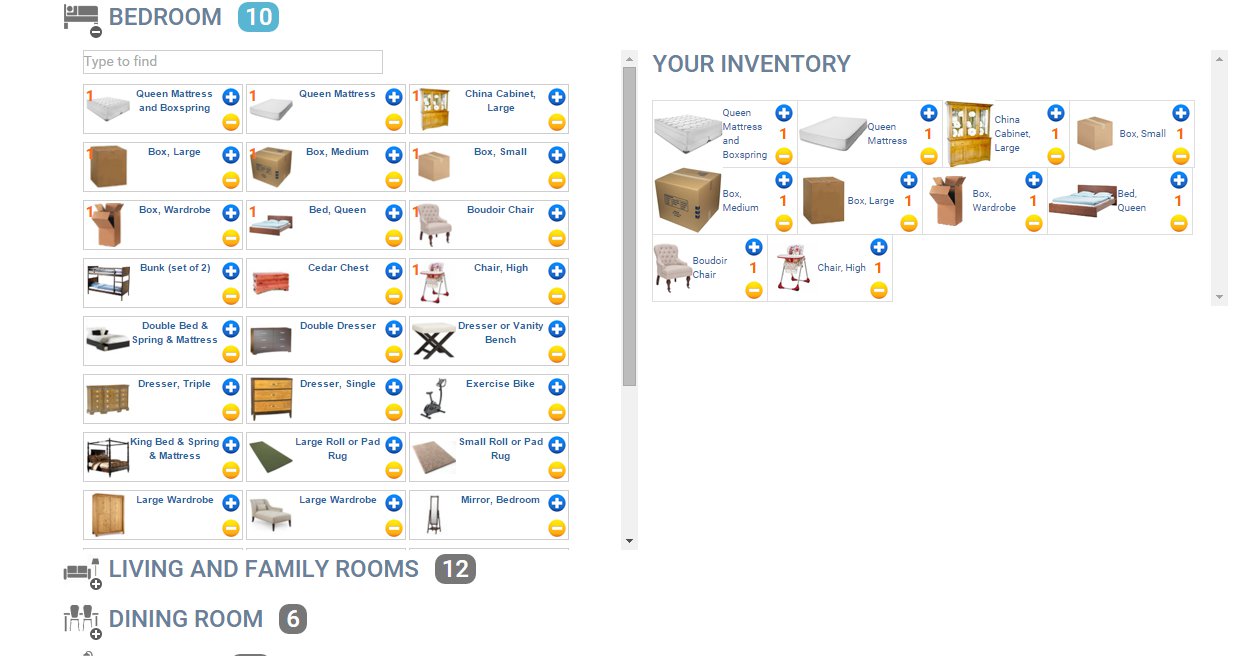Residential Moving Company

Benefits Of A Domestic Moving Company
- What's Special About a Residential Moving Company?
- Convenience is a Luxurious Benefit
- Contract Bound
- Professionalism, Safety, and Experience All in One
- Pro Can Save You Loads of Time
- Just Consider Professional Moving Companies
1. What's Special About a Residential Moving Company?
There are plenty of great companies that provide a top-quality residential moving service that reminds you of the reasons why it can be enormously beneficial to hire a moving company in the first place. In this article, we’ll talk about the advantages of hiring professional moving companies.
2. Convenience is a Luxurious Benefit
One of the benefits of residential moving companies is the convenience. Getting professionals to do the heavy lifting and giving them the responsibility of transporting your things safely to your new home will free up your time to do all the other things that you need to do when moving. Don’t underestimate the advantages of having things convenient: you’ll be doing a lot up until the moving day, and it can all be extremely stressful. It would be nice just to have to sit back and let somebody else do the work, especially for long-distance residential movers.

3. Contract Bound
Another advantage is that with a moving company, you’ll sign a contract. According to its terms, should the residential moving service damage your things, you can claim those items and receive reimbursement. If you move and damage some belongings in the process, you’ll wind up covering the costs yourself, and it could get expensive.
4. Professionalism, Safety, and Experience All in One
Then, of course, there’s the professional expertise, which comes in handy when loading everything into the truck and securing it in a way that will best protect your belongings and will move everything into and out of your home(s) much more quickly and at low risk to their health and well-being. Many people hurt themselves trying to lift heavy boxes or carry furniture down flights of stairs, largely because they don’t know (not to mention the strength) of a seasoned team that household moving companies can offer. Additionally, it can be hard to know how you got things into their current spot in the first place, and can find yourself wondering how you put that bed frame together or fit that kitchen table through the narrow doorway. A professional mover will quickly assess how to transport your things out of the house.
5. Pro Can Save You Loads of Time
The move will be much quicker with a professional residential moving service. Your time is extremely valuable. Unless you’re moving on one of your regular days off (and the move will only take up that day), you may be missing out on a portion of your paycheck and essential calls and emails and need to play catch-up when you get back into the office. This is tremendously inconvenient, and having the support of a professional mover could mean that you’ll be able to catch that phone call from the client you’ve been trying to get a hold of or you’ll only have to take off one day instead of two, all because you decided to give someone else the responsibility of moving your things in a timely fashion.
6. Consider Professional Moving Companies
As we’ve said before: think carefully about professional domestic moving and storage services to determine if it is right for you before automatically discarding the idea. For many busy working people, a professional moving company is extremely helpful in getting the move done right and fast, so they can get back to their lives.


Comments
Ashton Bell
Feb. 23, 2022, 12:38 a.m.
If you don't have the muscle or manpower to move your things, residential movers may work for you. For me, all I needed was family and friends and my own rental truck. I rented a truck since my new location was just a few miles from my old location. I highly recommend that you do the same if you are just moving your things to a location that is near your old one. It also helps to have friends and family who are willing to help you out on your move. Hiring a moving company as a new graduate can seem like spending your whole savings in just a few hours. It's much better to save it up for the future.
Add Comment